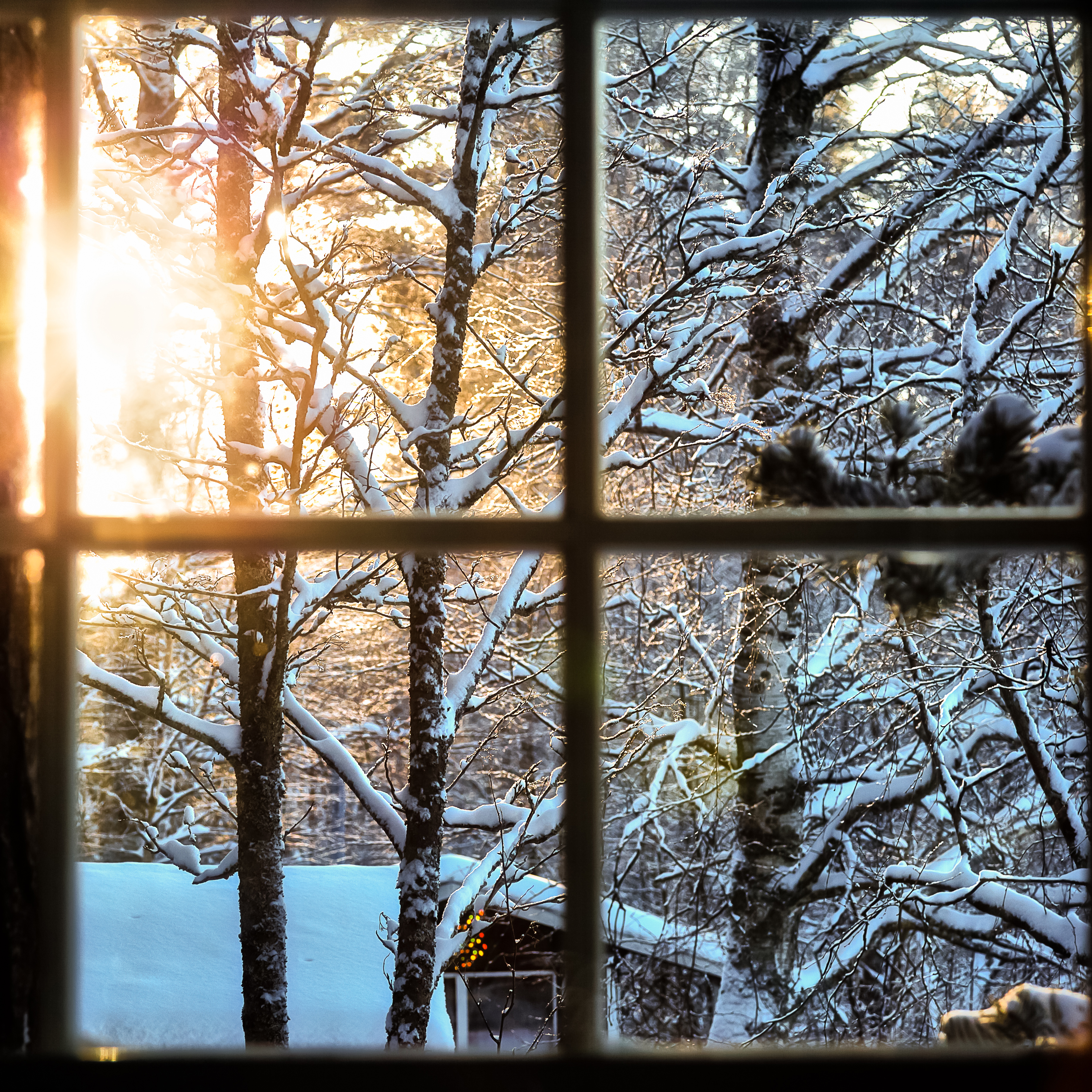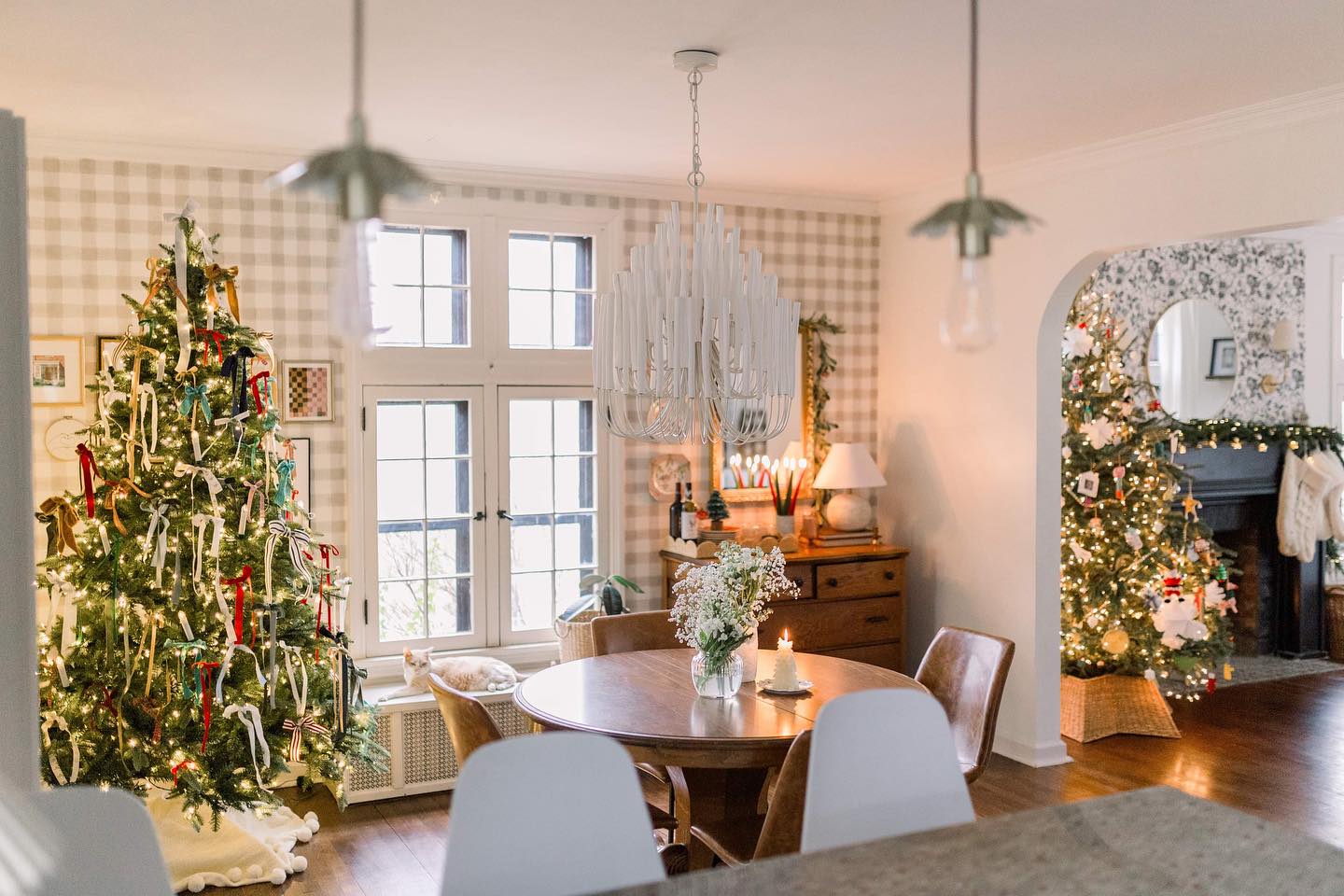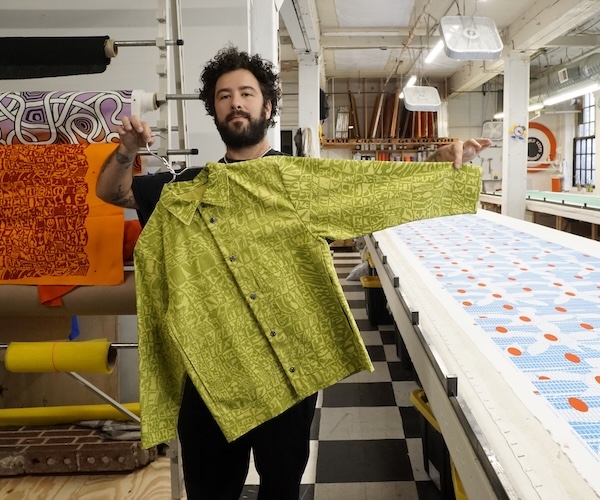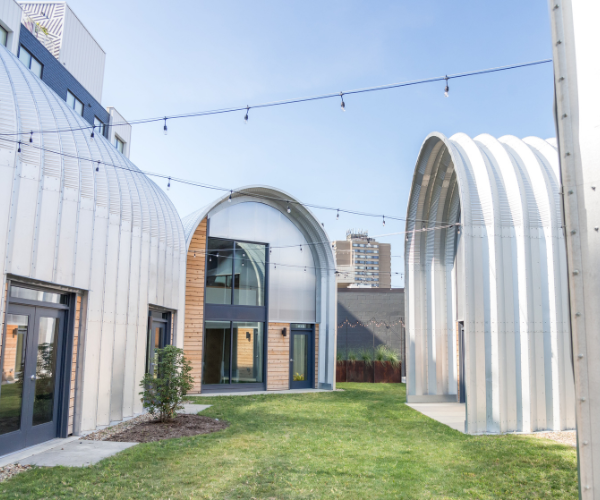How Should Clevelanders Actually Use Their Thermostat?
As Cleveland’s winter approaches, these tips for optimizing your thermostat won’t leave you in the cold.
by Maura Zurick | Nov. 1, 2025 | 5:00 AM

COURTESY ISTOCK
When the temperature drops, many people crank up the thermostat, expecting their home to warm faster. Heating experts say that isn’t exactly how furnaces work, and the habit can waste both energy and money.
John Dubecky, CEO of Climate-Tech, a family-owned HVAC company that has served western Cuyahoga and Lorain counties for more than 50 years, explains why that approach falls short.
“The thermostat is like a switch,” he says. “Turning up the temperature, you will get heat, and turning down the temperature, you get cooler. When the temperature in the house does not reach your comfort setting, then there is a problem with the system.”
If you keep turning up the thermostat, your house won’t always get warmer. It’s the same in the summer with air conditioning. When the numbers get confusing, there are several rules of thumb to live by for saving pennies every winter.
Cool Down
For winter living, Dubecky advises picking a daytime setting that feels comfortable, even when moving around the house or working from home. Lower daytime settings will reduce costs, but the exact number depends on what feels livable for each household. At night, however, turning the thermostat down makes sense for both comfort and savings. Cooler bedrooms promote better sleep, and the lower temperature allows the furnace to run less often, trimming the utility bill. But if chilly sleeping quarters have you losing your cool, bundle up before bed with sweaters and slippers to stay warm.
When stepping out of the house for work or errands, homeowners wonder whether it makes sense to dial down the heat. Dubecky cautions that frequent short-term changes don’t save energy and can actually make the system work harder. For longer trips, he recommends a minimum winter setting of 50 degrees to protect the house.
“This will reduce thermal transfer and save money but still allow the house to be without stress,” he says, noting that in summer, a maximum of 85 degrees provides some humidity control while limiting costs.
Savvy Settings
Technology has changed how people manage indoor comfort. Dubecky says newer digital controls are more accurate and can lower bills when programmed correctly.
“The new electronic thermostats are much more accurate at reading and responding to temperature change than the old analog thermostats,” he says. “This increases the efficiency of the thermostat, but most importantly, it allows for more programming that will save upwards of 15% on your utility bills.”
Electronic thermostats are especially desirable for those looking for more flexibility over their controls. Many can connect to a cell phone via Bluetooth, allowing users to set a temperature while away from home and notifying them of any system errors.
“Some of the more sophisticated home control systems will even calculate your usage and cost with trending information,” Dubecky adds.
READ MORE: 5 Houseplants To Brighten Cleveland Homes This Winter
Stop the Flow
Beyond the thermostat, upgrading insulation can reduce heat loss and improve comfort.
“Insulation is the best way to slow heat transfer,” Dubecky says. “Most able-bodied people can DIY this project. Adding up to 10-15 inches of insulation in the attic will help reduce the loss you have and keep more in the house. The walls are also points of loss, but this should be done by professionals.”
Air leaks around openings are another common problem that can be remedied by a small DIY project. Window covers and door seals are a readily available option and an easy fix requiring minimal construction.
Let the Light In
Windows can further be embraced as a frugal supply of warm air. By simply relying on the sun, natural light can make a measurable difference in briefly refreshing rooms during the winter months.
“Opening the curtains to let the sunshine in will help with heating in some of the east or west-facing windows,” Dubecky says. “Or, if the windows have poor seals, keep the curtains closed to reduce heat loss.”
While sealed-up homes hold heat better, they can also trap stale air during the winter. Air quality becomes a pressing issue once homes are shut tight for the season. Dry air, allergens and even odors can build up, leaving residents uncomfortable. Dubecky suggests add-ons like a humidifier or HRV (Heat Recovery Ventilator), which can cycle out stale air and promote healthier winter living.
“An HRV will bring in fresh air through a heat exchanger and exhaust the bad air in the home with little loss of heat,” he says. “A humidifier adds moisture to the air so you will breathe better, have fewer bloody noses and no static shocks. These items have a place in different homes, but not necessarily in every home.”

READ MORE: Across Northeast Ohio, Let the Leaves Do the Heavy Lifting This Fall
Space by Space
When variable temperatures affect different parts of the house, installing a zoning system can reduce waste and improve comfort on each level with individualized settings. Most homes are divided into zones of two or three, based on the number of floors.
“During the winter months, the second floor will get too warm because of the warmth on the first floor flowing upwards,” Dubecky explains. “By using the zoning system, you can avoid overheating on the second floor with less running time. The same holds true for each of the other floors, and the payoff is even greater during the summer months when you need more cooling on the second floor than the basement or the first floor.”
Stable System
Dubecky concedes that houses operate most efficiently when the temperature is kept steady. Once a system is cycling at a set point, it requires less energy to maintain that level than to continually adjust it.
“Your home likes stability, and that includes the temperature,” he says. “Once the home is cycling at a set temperature, it is more efficient at maintaining that temperature. Find a happy medium, set and forget it.”
For more updates about Cleveland, sign up for our Cleveland Magazine Daily newsletter, delivered to your inbox six times a week.
Cleveland Magazine is also available in print, publishing 12 times a year with immersive features, helpful guides and beautiful photography and design.










